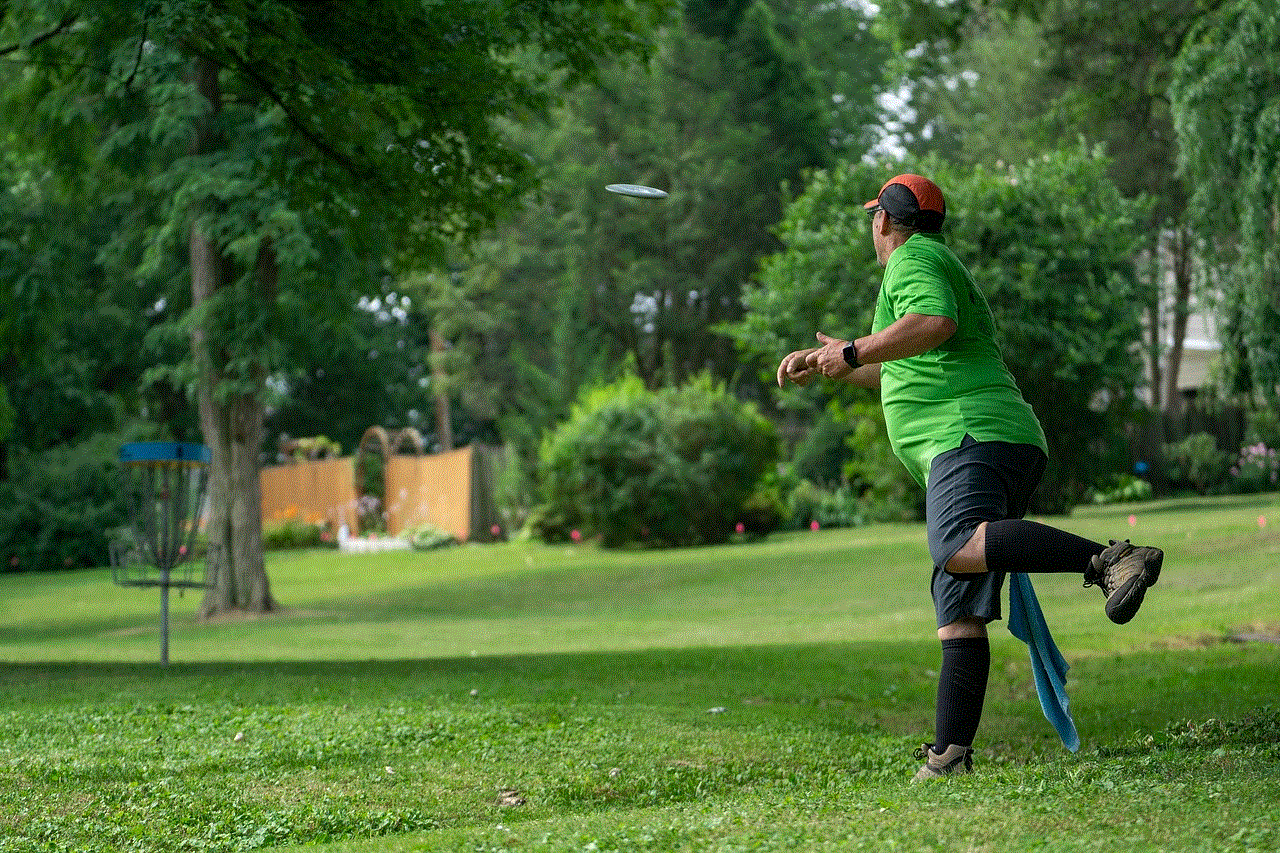do screenshots show on instagram story
In today’s digital age, social media has become an integral part of our daily lives. One of the most popular platforms is Instagram , a photo and video-sharing app that boasts over 1 billion active users worldwide. With its user-friendly interface and constantly evolving features, Instagram has become a go-to platform for individuals, businesses, and brands to connect with their audience. One of the most engaging features on Instagram is the “Stories” feature, where users can post temporary photos and videos that disappear after 24 hours. But the question remains, do screenshots show on Instagram Story? In this article, we will delve deeper into this topic and explore its implications for users.
To answer this question, we first need to understand how the Instagram Story feature works. When a user posts a photo or video on their story, it is visible to their followers for 24 hours. After that, it disappears without a trace, unless the user chooses to save it as a highlight on their profile. However, if someone takes a screenshot of the story, it does not disappear and can be saved on their device. This means that the user who posted the story will not be notified if someone takes a screenshot of it.
Now, the big question is, do screenshots show on Instagram Story? The answer is yes, they do. When someone takes a screenshot of your story, it will appear as a notification in their Instagram Direct messages. However, this only applies to photo and video stories. If someone takes a screenshot of a text-only story, it will not be notified to the user. This notification feature was introduced by Instagram in 2018 to inform users if their stories were being saved or shared by others.
While some users may find this feature helpful, others may see it as a violation of their privacy. The idea of someone taking a screenshot of your story without your knowledge can be unsettling, especially for those who use Instagram to share personal moments with their close friends and family. It can also be a cause of concern for businesses and brands who use Instagram to promote their products or services. If someone takes a screenshot of their sponsored content, it can be shared with others without their permission, leading to potential loss of revenue and reputation.
To address these concerns, Instagram has introduced a new feature called “Restrict” that allows users to restrict certain accounts from seeing their stories. This means that if someone takes a screenshot of your story, they will not be able to share it with others, and you will not be notified about it. This feature can be particularly helpful for those who have experienced cyberbullying or stalking on the platform. It gives users more control over their content and who can see it.
Another important aspect to consider is the legality of taking screenshots on Instagram. While the platform allows users to take screenshots of stories, it is essential to remember that it is still a violation of copyright laws if someone uses those screenshots for commercial purposes without the owner’s consent. This includes using screenshots of sponsored content for advertisements or promotions. It is always best to seek permission from the content creator before using their material for any purpose.
On the other hand, taking screenshots can also have its benefits. For businesses and brands, it can be a great way to track engagement on their sponsored content. By monitoring the number of screenshots their stories receive, they can understand which type of content resonates better with their audience and adjust their marketing strategy accordingly. It can also be a useful tool for influencers to track their reach and engagement on sponsored posts.
In conclusion, screenshots do show on Instagram Story, and users are notified when someone takes a screenshot of their photo or video story. This feature has both positive and negative implications for users, and it is essential to understand its effects before posting content on the platform. Instagram has also introduced features like “Restrict” to give users more control over their content and address privacy concerns. As for the legality of taking screenshots, it is important to seek permission from the content creator before using their material for any commercial purposes. As the digital landscape continues to evolve, it is crucial for users to be aware of their rights and responsibilities on social media platforms like Instagram.
terrible twos and threes
The Terrible Twos and Threes: Understanding the Developmental Stages of Toddlers
As any parent or caregiver can attest, the toddler years can be a challenging time. The once docile and easy-going infant has now been replaced by a rambunctious, opinionated, and emotionally volatile toddler. This period, often referred to as the “terrible twos and threes,” can be a difficult one for both children and their caregivers. However, understanding the developmental stages of toddlers can help parents navigate this period with more ease and patience.
The “terrible twos and threes” refer to the period of time between the ages of two and three, when toddlers are rapidly developing physically, cognitively, and emotionally. This period is characterized by a newfound sense of independence, an explosion of language and motor skills, and a growing sense of self. While it can be a challenging time, it is also a critical stage of development that lays the foundation for a child’s future.
So, why exactly are these years referred to as “terrible”? The truth is, they are not terrible at all. In fact, they are a necessary and normal part of a child’s development. However, the term has become synonymous with the tantrums, defiance, and boundary-testing behavior that toddlers often exhibit. This behavior can be frustrating and exhausting for parents, but it is important to remember that it is a natural part of a child’s growth and development.
During the toddler years, children are learning to assert their independence and autonomy. They are no longer content to sit and observe the world around them; they want to be an active part of it. This newfound independence can manifest in various ways, such as insisting on doing things themselves, refusing to follow instructions, and even tantrums when they don’t get their way. While it may be challenging for parents, this behavior is a sign that their child is developing a sense of self and learning to navigate their world.
Another key aspect of the toddler years is the rapid development of language and motor skills. Toddlers are like sponges, soaking up everything they hear and see. This is why it is important for parents to be mindful of their words and actions, as children at this age are highly impressionable. It is also a time when children begin to develop a sense of empathy and understanding of others’ emotions. This is why it is important for parents to model positive behaviors and teach their children how to express their feelings in a healthy way.
The “terrible twos and threes” are also marked by a growing sense of self-awareness. Toddlers are beginning to understand that they are their own person, separate from their parents. This can lead to a desire for control and independence, which can sometimes clash with a parent’s desire to keep their child safe and protected. As a result, power struggles may arise, and it is important for parents to find a balance between giving their child autonomy and setting boundaries for their safety.



One of the biggest challenges for parents during the toddler years is dealing with tantrums. Tantrums are a common occurrence at this age, as children are learning to regulate their emotions and express themselves. They may not have the words to articulate their feelings, so they resort to crying, screaming, and throwing themselves on the ground. While it may be tempting to give in to a child’s demands to stop the tantrum, it is important for parents to stay calm and consistent in their approach. Ignoring the tantrum and waiting for the child to calm down is often the most effective strategy.
In addition to tantrums, toddlers may also exhibit defiant behavior. This can be particularly challenging for parents, as it may seem like their child is deliberately disobeying them. However, it is important to understand that toddlers are not being intentionally defiant, but rather testing boundaries and asserting their independence. It is important for parents to remain patient and consistent with their expectations and consequences for disobedience.
It is also important for parents to remember that toddlers are still developing their social skills. They may not yet fully understand the concept of sharing or taking turns, and may struggle with taking another child’s perspective. This can lead to conflicts with other children and may require gentle guidance from parents or caregivers. Teaching toddlers how to communicate their needs and feelings, as well as how to negotiate and compromise, can help them develop better social skills and navigate social situations more effectively.
As toddlers are rapidly developing their physical, cognitive, and emotional skills, it is important for parents to provide them with a safe and stimulating environment that supports their growth. This includes plenty of opportunities for exploration, play, and learning. It is also important for parents to make time for one-on-one interactions with their child, whether it be reading a book, playing a game, or simply talking. This not only strengthens the parent-child bond but also helps toddlers develop important language and social skills.
Parents should also be mindful of their own self-care during this period. The toddler years can be physically and emotionally taxing, and it is important for parents to take care of themselves in order to be able to care for their child effectively. This can include getting enough rest, finding time for activities that bring joy, and seeking support from friends and family when needed.
In conclusion, the “terrible twos and threes” may have a negative connotation, but they are an essential part of a child’s development. By understanding the physical, cognitive, and emotional changes that toddlers are going through, parents can better support and guide their child through this period. It may be challenging at times, but with patience, consistency, and a loving approach, parents can help their child navigate the “terrible twos and threes” and lay the foundation for a happy and healthy future.
how do i close apps on my iphone
As smartphones have become an essential part of our daily lives, it is important to know how to properly manage and close apps on our devices. One of the most popular smartphones in the market today is the iPhone, known for its sleek design, advanced features, and user-friendly interface. In this article, we will discuss everything you need to know about closing apps on your iPhone.
The first thing to understand is that closing an app on an iPhone is different from quitting an app. Quitting an app means completely exiting the app and removing it from the device’s memory, while closing an app means simply removing it from the screen and keeping it in the background. Closing an app can be useful when you want to switch between different apps quickly or when you want to save battery life.



There are various ways to close apps on an iPhone, and the method you use may depend on your iPhone model and iOS version. Let’s start with the basic method, which works for all iPhone models. To close an app on an iPhone, you need to first access the app switcher. To do this, swipe up from the bottom of the screen and hold for a second until the app switcher appears. You will see a list of all the apps that are currently running on your iPhone.
To close an app, swipe left or right to find the app you want to close, and then swipe it up to remove it from the screen. If you are using an iPhone X or later model, you can also use the same method to access the app switcher by swiping up from the bottom of the screen and pausing in the middle.
Another way to close an app on your iPhone is by using the Home button. Simply double-click the Home button to access the app switcher and then follow the same process mentioned above to close the app. This method is particularly useful for older iPhone models that do not have the swipe-up feature.
Now, let’s discuss how to close multiple apps at once. As mentioned earlier, closing apps can help save battery life, and if you have multiple apps running in the background , it can drain your battery faster. To close multiple apps at once, follow the same method mentioned above to access the app switcher. Then, use three or four fingers to swipe up on the apps you want to close. This will close all the selected apps at once.
It is important to note that not all apps can be closed on an iPhone. Some apps, like Phone and Messages, are always running in the background to ensure important functionalities are available at all times. These apps cannot be closed but can be removed from the app switcher by swiping them up.
Another useful feature on the iPhone is the ability to force close an app. This is useful when an app becomes unresponsive or freezes. To force close an app, follow the same method to access the app switcher. Then, find the app you want to force close and swipe it up while pressing and holding on the app icon. This will force the app to close completely, and the next time you open it, it will start fresh.
Now that we have discussed the various methods to close apps on an iPhone, let’s address some common misconceptions about closing apps. Many people believe that closing apps can help improve the performance of their iPhone or save battery life. However, this is not entirely true.
While closing apps can help save battery life in some cases, it is not always necessary. The iPhone is designed to manage apps efficiently, and it will automatically close apps in the background if the device needs more memory or resources for other tasks. In fact, closing apps and then reopening them can use more battery power than leaving them running in the background.
Another misconception is that closing apps can help free up space on your iPhone. As mentioned earlier, closing an app means removing it from the screen and keeping it in the background. It does not delete the app or its data from your device. To free up space on your iPhone, you can delete unused apps or clear the cache of apps that are taking up too much space.



Moreover, closing apps can actually slow down your iPhone’s performance. When you close an app and then reopen it, the app has to reload all its data and resources, which can take more time and use more battery power. It is better to keep frequently used apps running in the background to ensure quick access and efficient performance.
In conclusion, closing apps on an iPhone is a simple and useful feature that can help in certain situations. However, it is not necessary to close apps regularly, and doing so can even have a negative impact on your device’s performance. It is important to understand the difference between closing and quitting an app, and to use the appropriate method depending on your needs. With this knowledge, you can effectively manage your apps and ensure a smooth and efficient experience on your iPhone.
